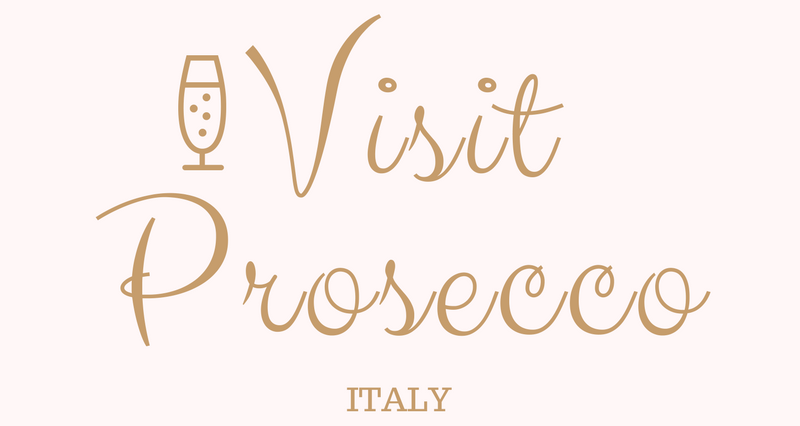Italy is renowned for its food – pizza, pasta, cheese, gelato, and Italian wines are all staples of the Italian diet. But what isn’t discussed as much is Italian breakfast (colazione in Italian).
What do Italians eat for breakfast? And what can you expect to eat in the morning on your trip to Italy?
Like many aspects of Italian cuisine, breakfast comes with its own cultural rules. To help you out, here’s our guide to breakfast in Italy and how to eat it like a local.
At the end, we’ve included a list of typical breakfast foods to try in Italy.
Start your day with coffee

A typical Italian breakfast isn’t complete without some freshly brewed coffee. Being the birthplace of espresso, coffee culture is ingrained in Italian society. Unsurprisingly, a cup of coffee is an essential way to start the day.
The most common coffee to order with breakfast is a cappuccino (frothy milky coffee). You can also order un caffè (a shot of espresso) for something a little stronger.
If you’re having breakfast at your accommodation, most rentals in Italy have either a coffee machine or moka pot so you can make your own coffee.
(Don’t worry if coffee isn’t your thing, you can still find tea and freshly squeezed fruit juices).
Get your milky coffee fix in the morning
Speaking of coffee, did you know that Italians only drink milky coffee in the morning and never after a big meal? If you order a cappuccino after lunch, you’ll probably get a strange look from the barista. So, make sure you get your milky coffee fix with breakfast.
Cappuccino is the most popular milky coffee to have for breakfast. But if you’d prefer a standard coffee with milk, you’ll need to order a “latte macchiato” rather than simply a “latte.”
Latte means milk in Italian, so you may end up with a cup of plain milk. Yes, I did it once. Yes, I pretended milk was precisely what I wanted. Yes, the barista smirked as I drank it.
Milk alternatives in Italy: soy and almond are the most commonly available milk alternatives but they are not guaranteed so check before you order.
Prepare for small coffee cups
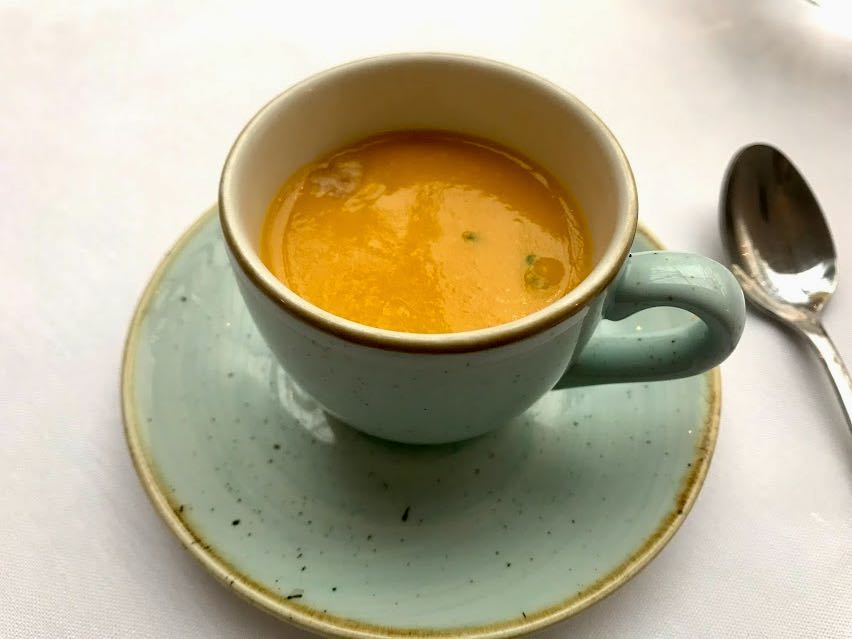
We’ve all seen these cute little espresso cups before. Well, they’re not just decorative. They’re the normal size of a coffee in Italy.
At breakfast, your cappuccino is going to arrive in a larger cup. However, it won’t be dramatically bigger. In Italy, an espresso is around 1 oz of coffee and a cappuccino isn’t much larger at around 8oz.
Either way, expect your coffee cup to be small. As they say in Italy, they don’t serve “secchi di caffè“, buckets of coffee. You can always order a second. Or third. Or fourth.
Skip the big coffee chains

While coffee culture is huge in Italy, most Italians drink their coffee at home or in small local cafes. Big chain coffee shops aren’t nearly as popular in Italy as they are in the rest of the world.
Starbucks didn’t open in Italy until 2018 (it’s in Milan and it’s a thing of beauty if you do want to pop by). Years later, they barely have 50 Starbucks shops. That’s in the whole of Italy, not just Milan.
Our point: you won’t find many coffee chains in Italy. That means you can’t turn to your usual almond latte and bagel for breakfast.
Breakfast at a bar
Bars in Italy don’t just serve aperitivo and alcoholic drinks. Italian bars are open for breakfast and serve coffee, pastries, and light snacks.
It’s so common for locals to have their breakfast at a bar in Italy that it has its own phrase, “colazione al bar.”
Unlike the coffee shop culture we’re used to, Italians often choose to stand at the counter for a quick experience. However, most bars have a few tables for a quick moment of relaxation if eating while standing up feels like a bridge too far.
Eat something sweet
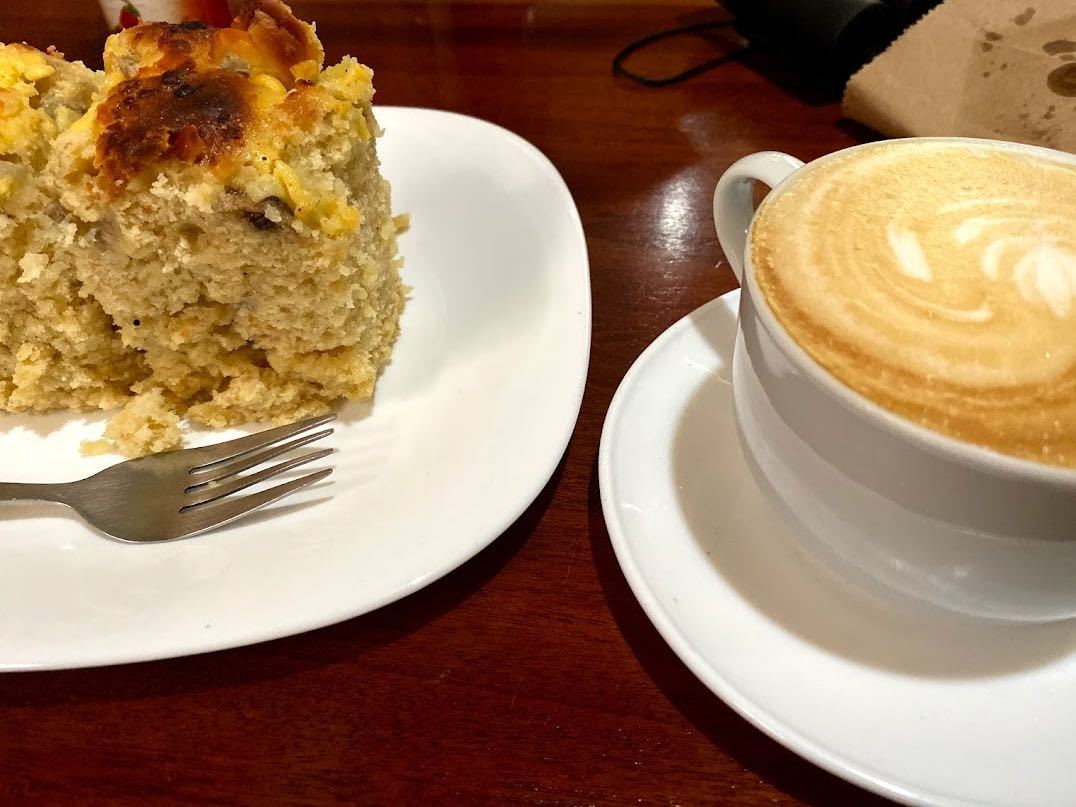
The next thing to note is that traditional Italian breakfast is usually sweet. This may be a culture shock if you’re used to savory breakfasts like bacon or eggs on toast. On the plus side, you have full permission to have cake for breakfast.
Pastries and cakes are the most popular choices; while bread, butter, and jam (pane, burro, e marmellata) is a simpler option.
But don’t worry if you’re used to healthier breakfast options – sweet doesn’t mean just cakes, pastries, and spreads. Fresh fruit and yogurt are becoming increasingly popular.
Try some new pastries

A freshly baked pastry is the most common breakfast food in Italy.
Croissants (called cornetti) filled with jam, chocolate, custard, or cream, are a staple breakfast across the country. And, knowing that the traditional breakfast is sweet, it’s no surprise that Italian croissants are slightly sweeter and less flakey than their French equivalent.
But don’t stop at the common croissant. There are plenty of breakfast pastries on offer such as bomboloni (doughnuts) and saccottino (pain au chocolat). We have a full list of pastries to try in our Guide to the Best Italian Pastries.
For the biggest choice of freshly baked breakfast pastries, head to a panificio (bakery) or a pasticcio (shop selling pastries and cakes). Check when you go in – bakeries are generally for takeaway and don’t tend to serve coffee, but your pastry shop might.
While you can’t go too wrong with pasties in Italy, there is one type that you should definitely avoid – the pre-packaged pastry. If you see them, run a mile. Typically, this style of pastry is heavily processed and will have a bland and almost plastic taste and texture.
Look for breakfast cookies and cakes
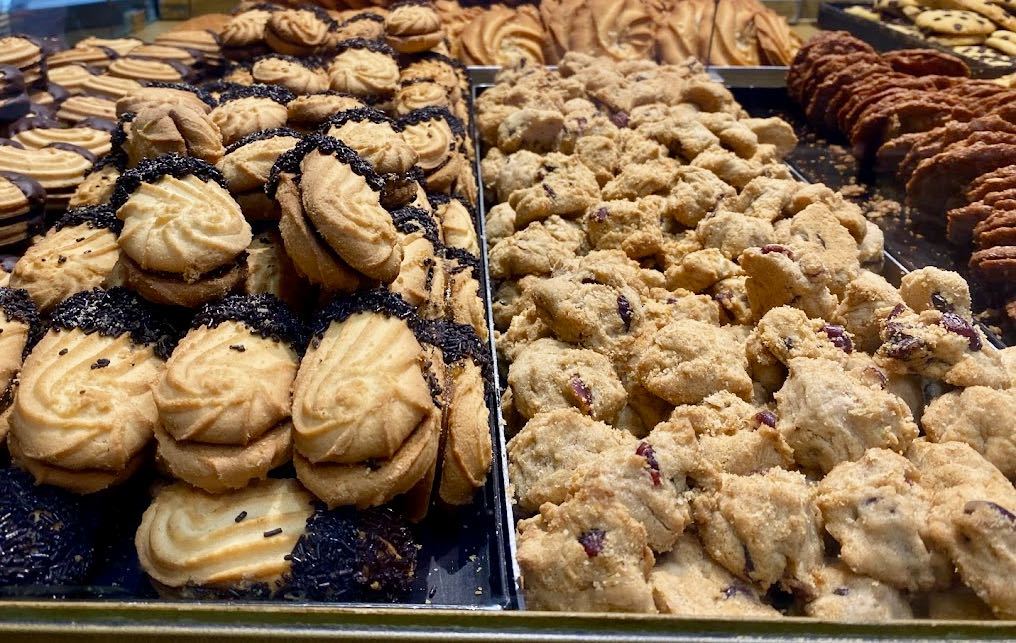
Once you’ve got sweet pastries on the menu, it isn’t much of a stretch from there to breakfast biscuits and cakes. And the choices in Italy are oh-so-good.
For breakfast biscuits, look out for Gocciole (chocolate chip cookies), Pan di Stelle (chocolate cookies decorated with cute stars), and Baiocchi (shortbread cookies sandwiched with hazelnut spread). You can pick these up in packs in a supermarket if you’re staying in a rental – pre-packaged is okay here.
For cakes and cake-like breakfasts, try brioche, a sweet and buttery bread-like cake that can be eaten on its own or served with jam. Fruit-based cakes are also popular because, well, breakfast cakes should be a little bit healthy, right?
Indulge in Nutella
If it’s your first time in Europe and you’ve never encountered Nutella, you’re in for a treat. A chocolate and hazelnut spread, Nutella can be found in everything from gelato to desserts. But Nutella is at its best when used as a breakfast spread.
Bread with Nutella is one of the most popular breakfast choices amongst Italian children. But no one will judge you for enjoying it as an adult. So, don’t be afraid to slather it on your toast.
If you’re staying in a rental and don’t want to buy an entire loaf of fresh bread, fette biscottate is a popular type of twice-baked crispy bread that comes in pre-portioned packets. The slices are small, crispy, and perfect for holding spreads. Many Italians love fette biscottate as they’re lighter and lower in calories than normal bread.
For me, they’re the perfect, firm base for loading with Nutella.
Don’t expect eggs and savories
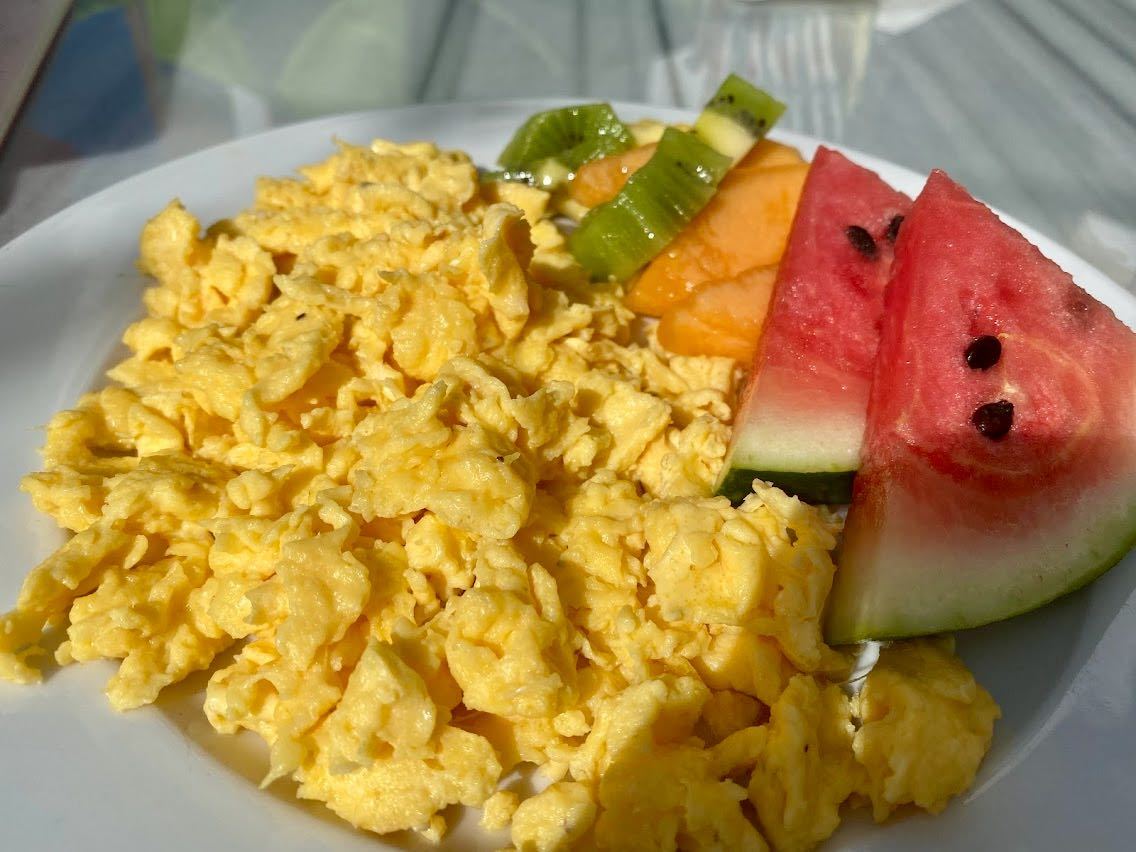
As we’ve already explained, Italian breakfast is a sweet meal. And that is to the exclusion of pretty much everything else.
It can be a tough thing to adapt to if you’re hooked on avocado and eggs on toast or other savory breakfast foods. Especially if you had a few too many glasses of Prosecco the night before and are craving your favorite hangover foods.
But it’s just the way it is in Italy. Give it a chance.
Plan for the smallest meal of the day

Compared to other meals, breakfast in Italy is modest; it’s just a light meal to tide you over until lunchtime, which is considered the most substantial meal of the day.
A typical breakfast may be one croissant or pastry, a small slice of cake, or a couple of biscuits and a piece of fruit. Accompanied by coffee or juice. Nothing more.
Of course, you’re welcome to eat as much as you want. You’re not going to be told to put food back at a hotel breakfast buffet. But if you do want to eat breakfast the Italian way, don’t overfill your plate and save room for later in the day (you can gorge on Parmesan sprinkled foods later).
On the plus side, that makes breakfast the cheapest meal in Italy – a coffee and a pastry at a bar usually cost only a few euros.
Expect a quick meal
Unlike lunches and dinners, which can go on for hours, breakfast is pretty fast in Italy. Even at the weekend. Sure, most of us multi-task breakfast on busy weekdays. However, weekend breakfasts in Italy are still eaten ‘on the run’, standing at a bar counter. You order. You pay. You eat. You drink. You leave.
The aim is to enjoy a fast and efficient breakfast at home (or at a bar/cafe), leaving plenty of time for other activities. This can be a shame if you’re on vacation and looking for a long, leisurely breakfast. But don’t worry, lunch is just around the corner.
Choose B&Bs over hotels for breakfast

There’s a pecking order when it comes to breakfast in Italy. Staying with a local family or at a B&B with give you the most Italian experience. You might even find a slightly bigger and slower breakfast. However, it won’t vary that much and don’t count on it being savory.
Bars and cafes offer the next most traditional breakfast.
Perhaps surprisingly, hotel breakfasts tend to rate the lowest. Why? Since big breakfasts aren’t really a thing in Italy, the breakfast efforts in tourist hotels usually fall short. It’s a little like expecting good Italian pizza in China.
Our tip: It’s rarely worth paying to add breakfast to your hotel booking. Just grab something from a bar on your way out instead. The exception is if the online hotel reviews rate the breakfast highly.
Try regional breakfast dishes
While coffee and a cornetto (croissant) are common across Italy, different regions have their own breakfast specialties.
Some regional breakfast pastries and foods include:
- Rome – maritozzi, a light and fluffy brioche bun filled with whipped cream.
- Naples – sfogliatella ricca, a shell-shaped flakey pastry filled with ricotta and candied citrus fruit.
- Tuscany – biscotti, oblong-shaped crunchy almond biscuits. Dip them in your coffee.
- Puglia – pasticciotto, a simple short-crust pastry filled with a vanilla or lemon custard.
- Sicily – cannoli, tubes of fried dough stuffed with a sweet ricotta-based filling.
It’s also worth noting that in northern Italy a “cornetto” (croissant) is often called a “brioche.”
Visit big cities for savoury breakfasts and brunch
In bigger cities like Rome and Milan, you get more breakfast choices, including more international-style breakfasts. So, if you’re craving something savory or want a mimosa-fuelled brunch, head to the big metropolitan areas.
In Italy’s bigger cities, you are much more likely to find modern spots serving pancakes, waffles, and egg-based dishes. Yes, sweet still trumps savory for the most part. But there’s usually somewhere catering to all tastes.
Did you know Italy’s Prosecco wine region is only 1hr from Venice? Find out more about the Prosecco Region and check out our Prosecco Wine Tours here.
List of Italian breakfast foods
- Cappuccino – warm foamy milk with espresso shot
- Un caffè – single shot of espresso
- Latte macchiato – espresso with warm milk
- Latte – plain milk
- Cornetti – croissant-style pastries, sometimes filled with jam, chocolate, custard, or cream
- Cornetto – just one croissant (cornetti is plural)
- Brioche – sweet and buttery bread-like cake eaten on its own or with jam
- Pane, burro, e marmellata – bread, butter, and sweet jam spreads
- Fette biscottate – crisp bread
- Fruit and yogurt
- Bomboloni – small doughnuts
- Saccottino – chocolate-filled pastry
- Nutella – chocolate and hazelnut spread
- Gocciole – chocolate chip cookies
- Pan di Stelle – chocolate cookies decorated with stars
- Baiocchi – shortbread cookies sandwiched with hazelnut spread
- Fruit-based cakes
- Maritozzi – brioche filled with whipped cream (from Rome)
- Sfogliatella ricca – shell-shaped pastry with ricotta and candied citrus fruit (from Naples)
- Biscotti – crunchy almond biscuits for dipping in coffee (from Tuscany)
- Pasticciotto – pastry filled with a vanilla or lemon custard (from Puglia)
- Cannoli – fried dough tubes filled with sweet ricotta (from Naples)
Italian breakfast words
- Colazione – breakfast
- Colazione al bar – breakfast at a bar
- Panificio – bakery – usually takeaway only
- Pasticceria – pastry and cake shop, may have seating and coffee
I hope these tips help you eat breakfast like a local. Buon appetito!
